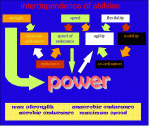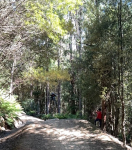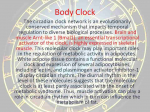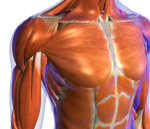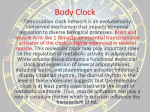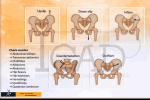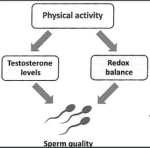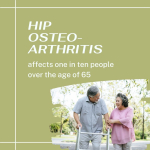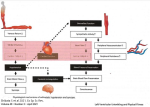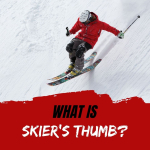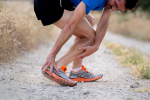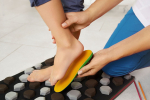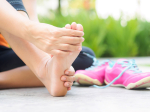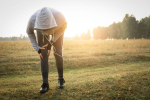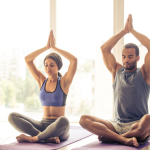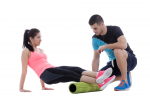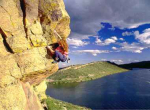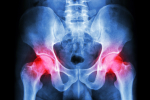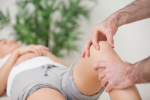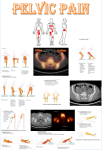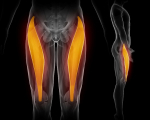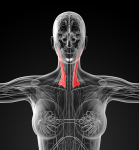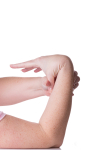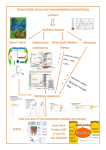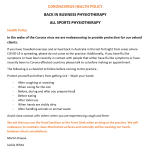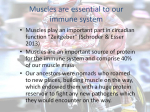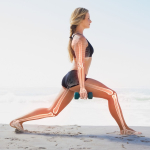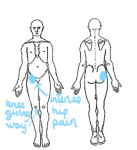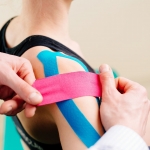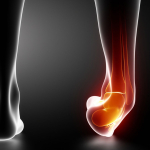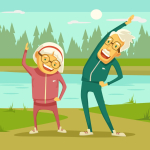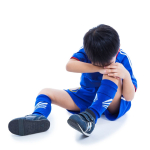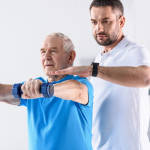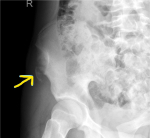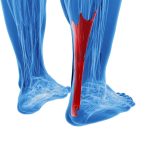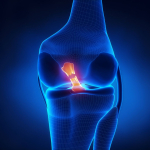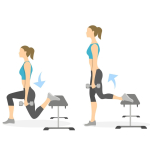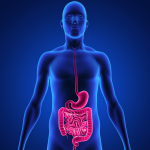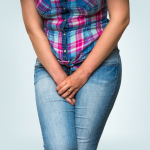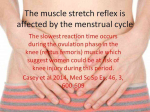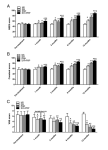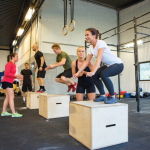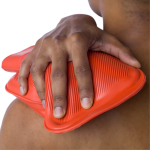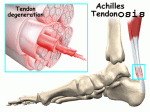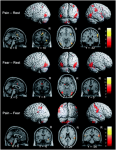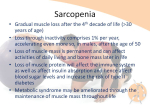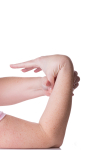Golfing Injuries
Golfers are predisposed to the risk of injury. Apart from abusive traumatic injury such as being hit by a golf ball or twisting an ankle, the golfer may suffer from overuse, misuse and disuse.
Overuse injuries and the Yips
The Yips resulting in muscular dystonis has been defined as " a psychoneuromuscular disorder impediment affecting the execution of fine motor skills during sporting performance" (Clarke et al 2015, Int Rev Sport exerc Psychol, 8, 1, 156-84). Prevalence ranges from 17% to 48% (Klampfli et al 2015, J Sp Sc, 33, 7, 655-64). The spectrum includes focal muscular dystonia, such as jerking movements around the wrist in novices, dystonic cramping in more experienced golfers to pyschological manifestations of 'choking' where perceived demand outstrips perceived ability. Although, investigations have been highly contradictory, the latter occuring more likely in some people who score higher levels on anxiety, perfectionism, neuroticism, social or other specific phobias but can also occur in people with low scores (Ioannou et al 2018, Med Sc Sp Ex, 50, 11, 2217-25). These authors went as far as classifying golfers with yips into 4 different subtypes. The specifc dystonia seems to be more evident during putting.
Testing could include
- psychological comorbidity
- level of expertise (handicap)
- family related history
- exploration of sports biography
- kinematic screening
- physical and neurological examination
- testing of sensory trick
- muscular co-contractions
All these factors may be the result of or result in poor golf technique. Thus a chicken vs egg argument. Several regions of the golfer are susceptible. These include the wrist, elbow, shoulder, back, hip and neck.
Frequently, golfers experience pain on the inside of the elbow which may be due to excessively tight grip and/or poor back swing and follow through. Stretches of the hand-finger flexors may help this. Pain on the outside of the elbow is often associated with incorrect wrist action. Both conditions may also have nerve irritation.
The swinging action of golf requires good trunk rotation. Lack of trunk rotation may contribute to poor movement of the shoulders, resulting in excessive use of the hand - arm musculature, as well as poor balance on the feet. Accessory movements may develop to compensate for the lack of thorax rotation. Excessive lateral pelvic shifting may ensue, which can lead to severe chronic low back pain. Terminology, such as poor lumbo-pelvic rhythm or 'the tail that wags the dog' has been used to describe this scenario which can lead to functional instability in the low back. Additional areas of functional instability may include the upper thoracic spine and even the vertebrae of the neck. All these conditions may result in nerve irritation.

- strengthening for the deep abdominal muscles, shoulder muscles and thigh muscles
- stretching for the neck, back, shoulders and arms
- rotation mobility and stability using a broom in the entire swing
- consulting your golf pro and physiotherapist
- watch this video
Updated : 11 November 2018





